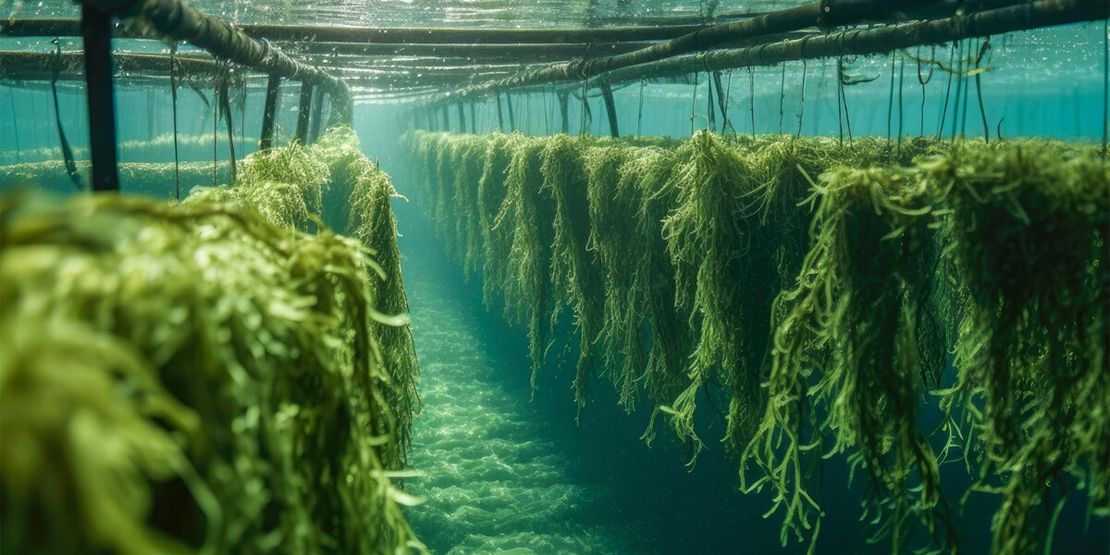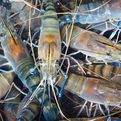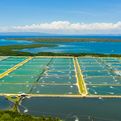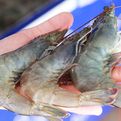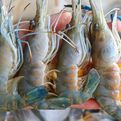Algae Bloom in Shrimp Farming: Strategies for Detection, Prevention, and Solution
Shrimp farming is a vital industry worldwide, providing sustenance and livelihoods for millions. However, one of the significant challenges shrimp farmers encounter is the occurrence of algae blooms. These blooms, characterized by an overabundance of algae in water bodies, pose serious threats to shrimp health and farm productivity.
In this complete guide, we'll explore the nature of algae bloom, methods for detection, prevention strategies, and effective solutions to mitigate its impact on shrimp farming operations.
Understanding Algae Bloom: Causes and Impacts
Algae bloom, characterized by rapid and excessive growth of algae in aquatic environments, is a multifaceted phenomenon influenced by various factors. Key contributors include nutrient enrichment, particularly elevated levels of nitrogen and phosphorus, alongside favorable environmental conditions such as adequate sunlight and temperature. These conditions foster the proliferation of algae species, leading to visible changes in water quality and ecosystem dynamics.
The impacts of algae bloom extend beyond aesthetic concerns, profoundly affecting shrimp farming operations. Excessive algae growth can hinder light penetration into the water column, diminishing photosynthetic activity and impeding the growth of beneficial aquatic plants. Moreover, algae bloom often depletes dissolved oxygen levels, triggering hypoxic conditions detrimental to shrimp and other aquatic organisms. Additionally, the release of toxins by certain algal species can pose direct threats to shrimp health, exacerbating mortality rates and compromising farm productivity.
Detection: Recognizing the Telltale Signs
Early detection of algae bloom is crucial for prompt intervention and mitigation efforts. Several indicators can signal the presence of algae bloom in shrimp farming ponds:
- Water Color: Algae blooms often impart a distinct green or cloudy appearance to the water body, indicating an overgrowth of algae.
- Floating Vegetation: Increased growth of floating algae or mats on the water surface is a visible sign of algae proliferation.
- Surface Scums: The formation of green or yellow scums on the water surface may indicate the onset of algae bloom.
- Water Quality Parameters: Monitoring water parameters such as dissolved oxygen levels, pH, and nutrient concentrations can provide valuable insights into the presence of algae bloom.
Prevention: Fortifying Farm Resilience Against Algae Bloom
Prevention is key to mitigating the impact of algae bloom on shrimp farming operations. Implementing proactive measures to maintain a balanced ecosystem and optimal water quality can help prevent algae proliferation:
-
Water Quality Maintenance: Implementing robust water management protocols, including regular exchange, filtration, and aeration, promotes optimal water quality, curbing the accumulation of excess nutrients conducive to algae growth.
-
Organic Matter Control: Regulating organic matter inputs, such as shrimp waste and uneaten feed, mitigates nutrient enrichment, a key driver of algae bloom.
-
Temperature and Light Management: Controlling water temperature and providing shading help modulate environmental conditions, impeding excessive algae proliferation fueled by favorable temperatures and light exposure.
-
Stocking Density Management: Avoiding overstocking maintains a balanced ecosystem, averting nutrient overload and minimizing the risk of algae bloom.
Solution: Addressing Algae Bloom Challenges
When algae bloom occurs, prompt action is imperative:
-
Light Reduction: Diminishing light penetration into the water and moderating water temperature disrupts favorable conditions for algae growth.
-
Enhanced Aeration and Water Flow: Increasing aeration and water flow enhances oxygenation and water circulation, alleviating nutrient accumulation and suppressing algae proliferation.
-
Biological Control: Introducing natural algae predators, such as certain fish species or snails, offers a sustainable approach to algae suppression within shrimp farming ecosystems.
-
Chemical Intervention: In severe cases, judicious application of chemical algaecides may be warranted. However, caution must be exercised to minimize adverse impacts on shrimp and other aquatic life.
Sustaining Shrimp Farming Amid Algae Bloom Challenges
Algae bloom poses significant hurdles to shrimp farming, but proactive management and swift action can mitigate its impact. By embracing diligent detection, preventive measures, and effective solutions, shrimp farmers can foster resilient and productive farming systems, ensuring the continued vitality of the shrimp farming industry.
Through collaborative efforts and ongoing research, the aquaculture community can develop innovative strategies to safeguard shrimp health and promote sustainable farming practices in the face of algae bloom challenges.
Riley Sinclair (Digital Aqua Bear)
Hi! I'm Riley Sinclair (Digital Aqua Bear), and I'm exploring the world of digital aquaculture farms. Join me as I delve into innovative methods and sustainable practices for cultivating aquatic life in digital environments. Let's uncover the potential of digital aquaculture farms to revolutionize food production and environmental sustainability.
More From Digital Aqua Farm
Taste of Innovation: Vegan Shrimps as a Sustainable and Ethical Seafood Alternative
Riley Sinclair (Digital Aqua Bear)
Global Shrimp Industry: Knowing the Key Players and Dynamics
Riley Sinclair (Digital Aqua Bear)
Building Your Own Lucrative Shrimp Farm: A Complete Guide
Riley Sinclair (Digital Aqua Bear)
Shrimp Farming with Probiotics: Advantages and Considerations
Riley Sinclair (Digital Aqua Bear)
Challenges of Thai Shrimp Farming: Effective Strategies for Success
Riley Sinclair (Digital Aqua Bear)
Thai Shrimp Recipe: A Breathtaking Culinary Journey
Riley Sinclair (Digital Aqua Bear)


